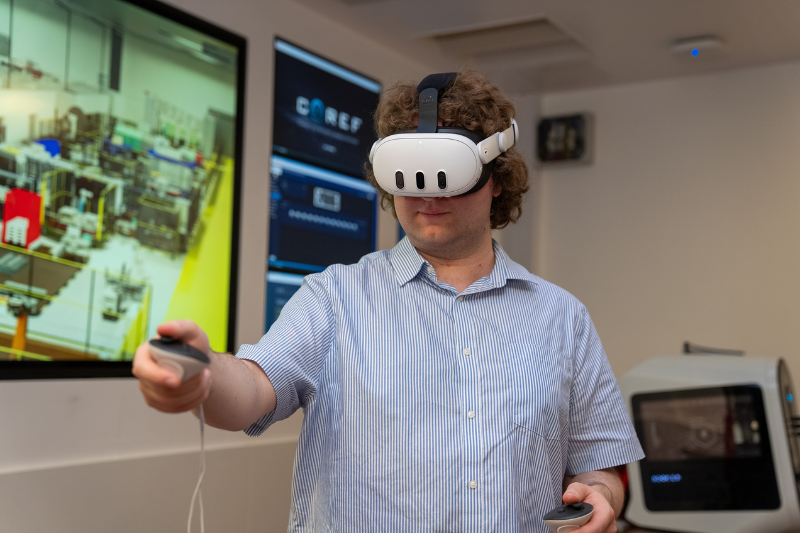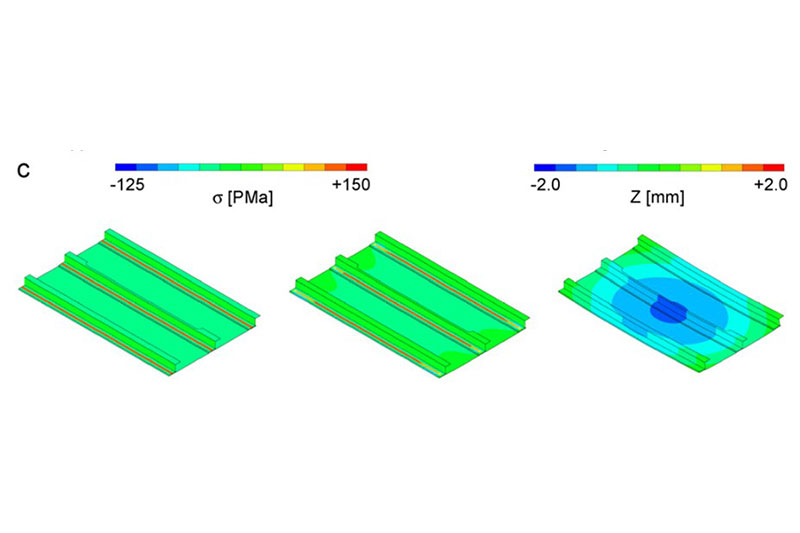Smart Design brings a new innovation capability to NI, building on identified industry need, recognised as UK leading research strengths of both Queen’s University and Ulster University and are designed to complement and augment the HVM Catapult and wider UK & Ireland innovation landscape.

SMART DESIGN FOCUS
Smart Design focuses on transformation of the design processes; automating and integrating the processes of concept design, detailed design and manufacturing definition. Smart design uses design tools, automation, data integration across disciplines and simulation in novel ways, with the aim of creating highly optimised designs faster and more efficiently. We have a focus on design process automation and data integration across the design and manufacturing lifecycle.

DESIGN SERVICES
Design services include immersive technologies and modelling and analysis capability alongside product design, where we deploy the tools and processes developed within AMIC and with partners. We provide virtual test environments virtual reality (VR), augmented reality (AR), and mixed reality (MR) technologies, and support early stage learning in the product development cycle to enable more rapid and better optimised designs.
Finite element modelling (FEM) – subdivides complex engineering challenges into smaller, simpler, and finite elements and develops algorithms to transform detailed models into idealised forms for finite element analysis.
Our Smart Design Capability:
-
Design Automation
- Innovative industry-focused design methods
- Auto-generation of design concepts
- Automated design, modelling and analysis workflows
- Geometry and simulation handling for workflow automation
- Cloud-based distributed design
- Metrology, verification and validation
- Data Integration
- Digital thread from conceptual and detailed design through to manufacture and in-service operations
- Multi-dimensional (cost, performance, sustainability) trade study tools
- Knowledge exploitation for high-fidelity early design stage decision making
- Manufacturing method development embedded in design
- Toolset interoperability best-practices
- Digital assets and architectures evolving into digital twins
- Design Services:
- Engineering design
- Design for X (manufacture and assembly, sustainability, in-service)
- Engineering analysis (FEA, CFD, multi-physics)
- Virtual test environments and immersive technologies (AR, VR, MR)
- Product visualisation and prototyping
- Work Instructions and digital transformation